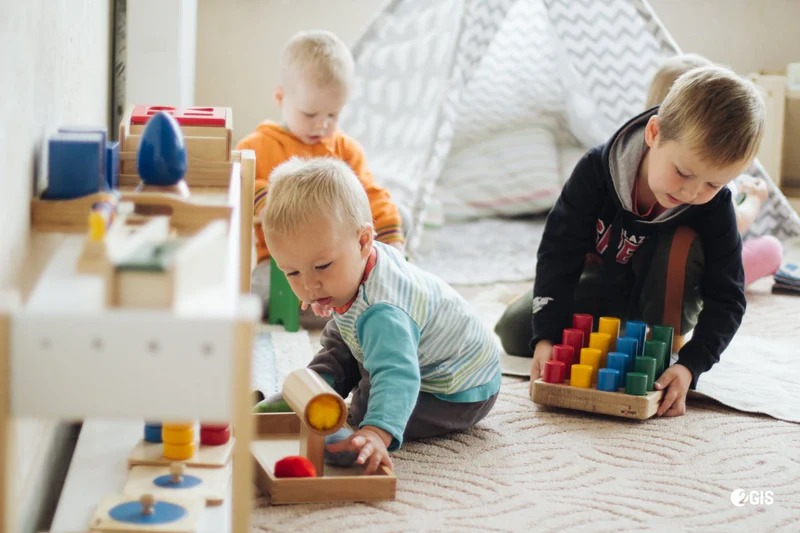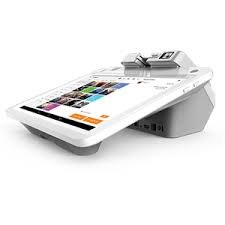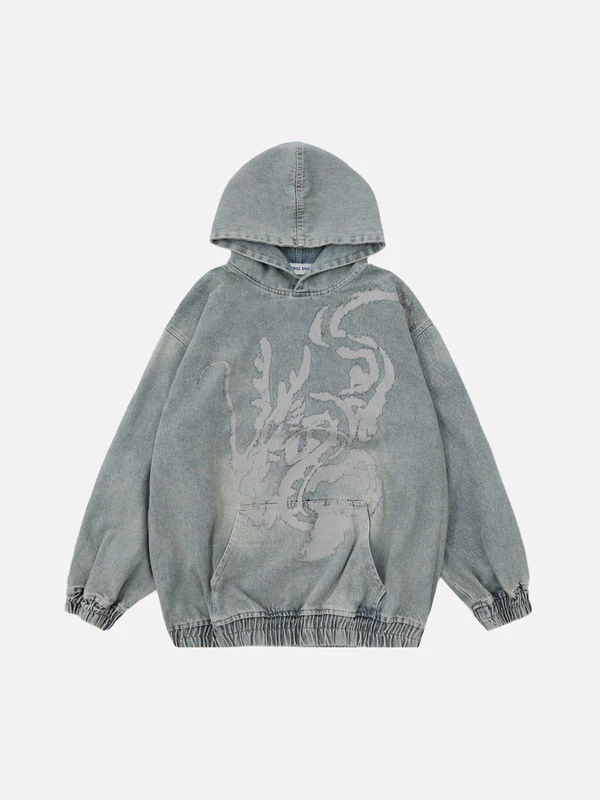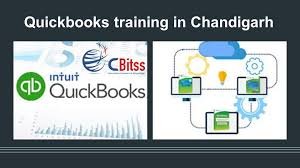How to Create a Balanced Montessori Toys Collection for Holistic Learning
Before diving into toy selection, it’s crucial to grasp the foundational principles of Montessori education. The Montessori method emphasizes child-centered learning, focusing on the individual needs and interests of each child.
Key Principles of Montessori Education
Respect for the Child: Each child is viewed as an individual with unique capabilities and learning styles. Montessori toys should empower them to explore their interests.
Hands-On Learning: Children learn best through tangible experiences. Montessori toys facilitate this by allowing kids to manipulate objects and engage their senses.
Independence and Choice: Providing children with the freedom to choose their activities fosters independence and decision-making skills.
Prepared Environment: The learning environment should be organized and inviting, filled with age-appropriate materials that promote exploration and discovery.
By adhering to these principles, you can create a Montessori toys collection that supports holistic learning and development.
Assessing Developmental Needs
Understanding the developmental stages of children is crucial when curating a balanced Montessori toys collection. Different age groups require different types of toys to foster their learning effectively.
Developmental Milestones
Infants (0-12 months): At this stage, toys should promote sensory exploration, motor skills, and visual tracking. Ideal toys include soft blocks, rattles, and sensory balls.
Toddlers (1-3 years): Toddlers are developing their gross and fine motor skills, as well as language and social skills. Montessori toys for this age group can include stacking toys, shape sorters, and simple puzzles.
Preschoolers (3-5 years): At this stage, children engage in imaginative play and start to develop problem-solving skills. Look for toys like building sets, pretend play items, and art supplies.
Early Elementary (6-8 years): Children begin to think critically and engage in more complex activities. Incorporate toys that promote science, math, and creativity, such as science kits, construction sets, and board games.
By assessing these developmental needs, you can ensure your Montessori toys collection is comprehensive and caters to all aspects of a child’s growth.
Selecting Montessori Toys
When choosing Montessori toys, consider several factors to create a balanced collection that encourages holistic learning.
Criteria for Selecting Montessori Toys
Material Quality: Opt for toys made from natural materials like wood, cotton, and metal. These materials are more durable and safer for children compared to plastic.
Open-Endedness: Choose toys that can be used in various ways. For instance, building blocks can be used for stacking, counting, and creative play, allowing children to explore multiple concepts.
Cultural Relevance: Include toys that represent diverse cultures and experiences, helping children to develop a broader understanding of the world.
Simplicity: Simple toys encourage creativity and imagination. Avoid overly complex toys that may limit a child’s ability to engage freely.
Safety: Always prioritize safety by selecting age-appropriate toys that meet safety standards.
By adhering to these criteria, you can curate a collection of Montessori toys that are safe, engaging, and conducive to learning.
Organizing Your Montessori Toys Collection
Once you have selected a range of Montessori toys, the next step is organizing them effectively. A well-organized toy collection promotes independence and facilitates easy access for children.
Tips for Organizing Montessori Toys
Categorize by Age and Skill Level: Arrange toys according to the developmental stage they are suited for. This organization helps caregivers and children find appropriate materials quickly.
Use Open Shelving: Open shelving allows children to see and choose toys independently. This encourages decision-making and fosters a sense of responsibility for their environment.
Labeling: Use clear labels for each toy category. Visual aids can help young children learn words and associate them with the corresponding toys.
Rotate Toys: To keep the learning environment fresh, rotate toys periodically. This not only maintains children’s interest but also allows for deeper exploration of each toy when it is reintroduced.
Create Learning Zones: Designate areas for different types of play, such as sensory exploration, creative arts, and construction. This approach helps children understand where to find specific materials for various activities.
Maintaining a Balanced Collection
A well-maintained Montessori toys collection is essential for ongoing learning and engagement. Regular assessment and updates to your collection will ensure it remains effective.
Strategies for Maintaining Your Collection
Regular Assessment: Periodically evaluate your toys to determine which ones are being used and which are not. Remove toys that are rarely played with to make room for new options.
Seek Feedback from Children: Encourage children to express their preferences regarding toys. Their feedback can help you understand what resonates with them and what may need to be changed.
Incorporate New Trends: Stay updated on educational trends and new Montessori toys that may enhance your collection. Researching innovative options can provide fresh perspectives on learning materials.
Repair and Replace: Regularly inspect toys for wear and tear. Repairing damaged items or replacing broken ones ensures safety and maintains a high-quality collection.
Include Seasonal and Thematic Toys: Introduce seasonal or themed toys to reflect current events, holidays, or interests. This practice keeps the collection dynamic and exciting.
Encouraging Holistic Learning Through Play
The ultimate goal of a balanced Montessori toys collection is to promote holistic learning. This means nurturing not just cognitive skills but also social, emotional, and physical development.
The Role of Play in Holistic Learning
Cognitive Development: Montessori toys stimulate curiosity and critical thinking. Activities like building, sorting, and problem-solving enhance cognitive skills.
Social Skills: Many Montessori toys encourage cooperative play, helping children learn to share, communicate, and resolve conflicts.
Emotional Growth: Through imaginative play, children explore emotions and develop empathy. Toys that mimic real-life scenarios allow for role-playing and emotional expression.
Physical Development: Manipulative toys aid in developing fine and gross motor skills. Activities that involve building, pouring, or balancing enhance physical coordination and control.
By understanding the role of play in holistic learning, caregivers can create an enriching environment that nurtures every aspect of a child’s development.
Conclusion
Creating a balanced Montessori toys collection is an investment in your child’s holistic learning journey. By understanding Montessori principles, assessing developmental needs, carefully selecting toys, organizing them effectively, and maintaining a dynamic collection, you can support your child’s growth across various domains. Remember, the goal is to provide a stimulating, nurturing environment that encourages independence, creativity, and a lifelong love of learning through play. With the right Montessori toys, you can lay the foundation for your child’s future success and well-being.
Here you can see more Articles.






